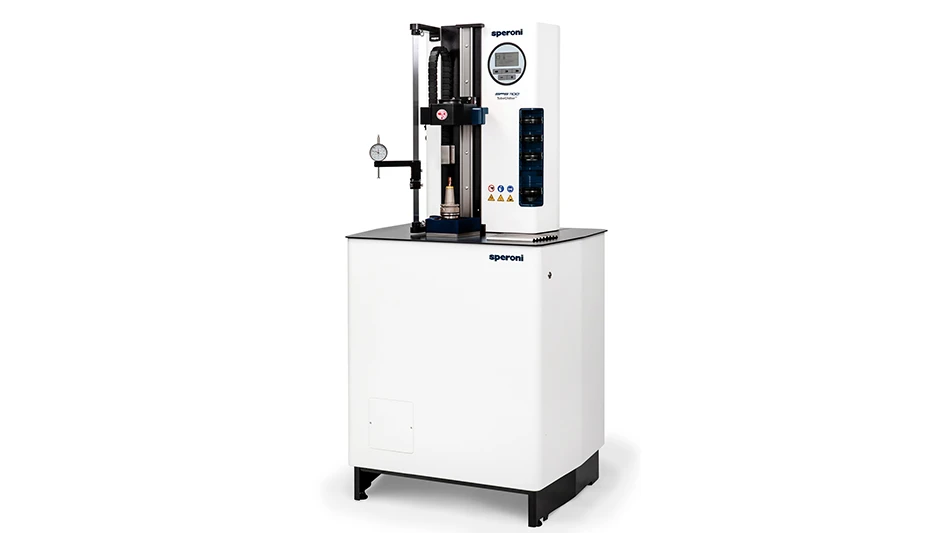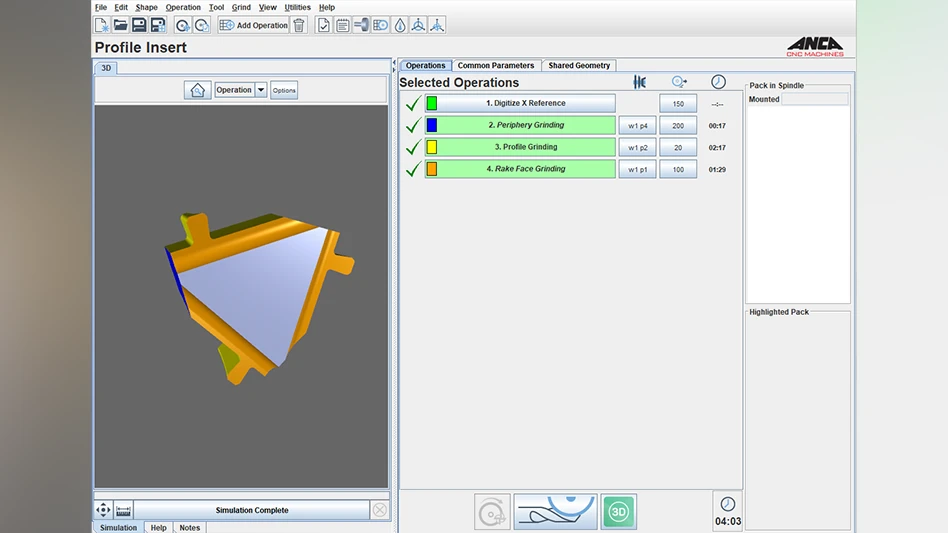
"Taxation without representation!" was the battle cry in America’s 13 Colonies, which were forced to pay taxes to England's King George III despite having no representation in the British Parliament. As dissatisfaction grew, British troops were sent in to quell the early movement toward rebellion. Repeated attempts by the Colonists to resolve the crisis without military conflict proved fruitless.
On June 11, 1776, the Colonies' Second Continental Congress met in Philadelphia and formed a committee whose express purpose was drafting a document that would formally sever their ties with Great Britain. The committee included Thomas Jefferson, Benjamin Franklin, John Adams, Roger Sherman and Robert R. Livingston. Jefferson, who was considered the strongest and most eloquent writer, crafted the original draft document (shown above). A total of 86 changes were made to his draft and the Continental Congress officially adopted the final version on July 4, 1776.
The following day, copies of the Declaration of Independence were distributed, and on July 6, The Pennsylvania Evening Post became the first newspaper to print the extraordinary document. The Declaration of Independence has since become our nation's most cherished symbol of liberty.
Follow this link to read more about The History of America’s Independence Day
Latest from Today's Medical Developments
- Teleflex sells acute care and urology businesses for $2.03 billion
- HANNOVER MESSE: Where research and manufacturing meet
- What’s next for the design and manufacturing industry in 2026?
- Arcline to sell Medical Manufacturing Technologies to Perimeter Solutions
- Decline in German machine tool orders bottoming out
- Analysis, trends, and forecasts for the future of additive manufacturing
- BlueForge Alliance Webinar Series Part III: Integrate Nationally, Catalyze Locally
- Robot orders accelerate in Q3





